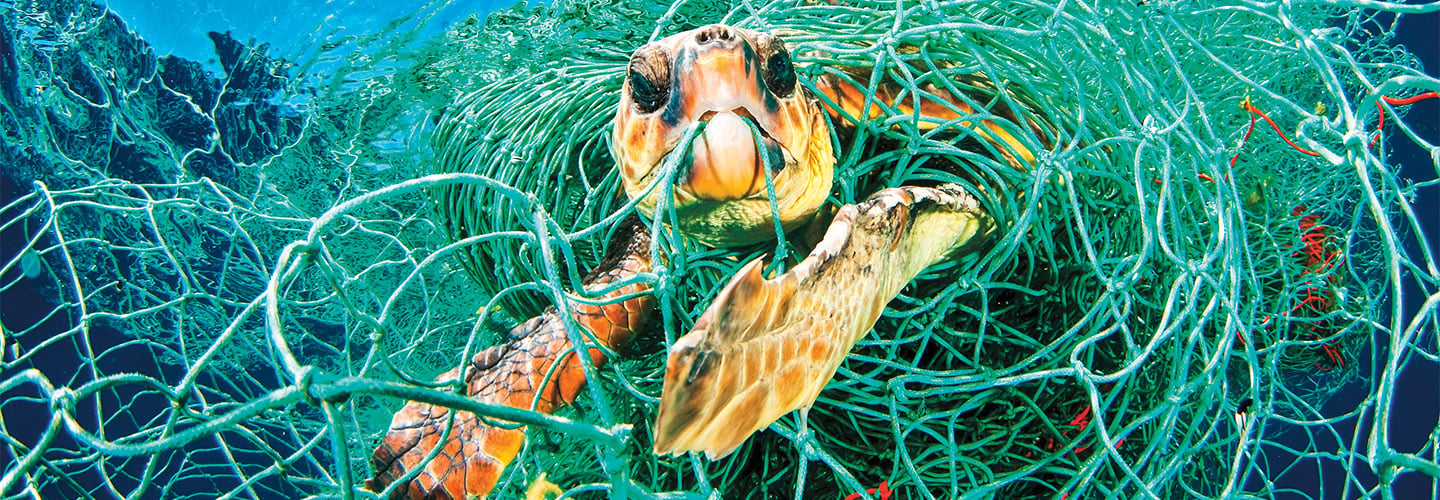From the ice-covered Arctic to the tropical waters of the Pacific, all of Earth’s oceans share one thing in common: plastic pollution. Discarded plastic bags, cups, and bottles make their way into the sea. Today, it seems that no part of the ocean is safe from plastic trash.
In recent years, oceanographers have searched in vain for a pristine marine environment. They’ve found plastic everywhere they’ve looked. “It’s a global problem,” says Chelsea Rochman, a marine ecologist at the University of Toronto in Canada. “We can’t point to a single habitat or location with no plastic.”
Plastic harms wildlife and introduces dangerous chemicals into marine ecosystems—communities of organisms interacting with their surroundings. Once plastic enters the environment, it lasts a long time (see Garbage Breakdown). Researchers are working to prevent plastic pollution from entering the sea.
Earth’s oceans include the ice-covered Arctic and the tropical Pacific. But they all share one thing in common: plastic pollution. After being thrown away, plastic bags, cups, and bottles make their way into the sea. Today, it seems that no part of the ocean is safe from plastic trash.
In recent years, oceanographers have failed to find a clean marine environment. They’ve spotted plastic everywhere they’ve looked. Chelsea Rochman is a marine ecologist at the University of Toronto in Canada. “It’s a global problem,” she says. “We can’t point to a single habitat or location with no plastic.”
Plastic harms wildlife. It also puts dangerous chemicals into marine ecosystems—communities of living things interacting with their surroundings. After plastic enters the environment, it lasts a long time (see Garbage Breakdown). Researchers are working to stop plastic pollution from entering the sea.

